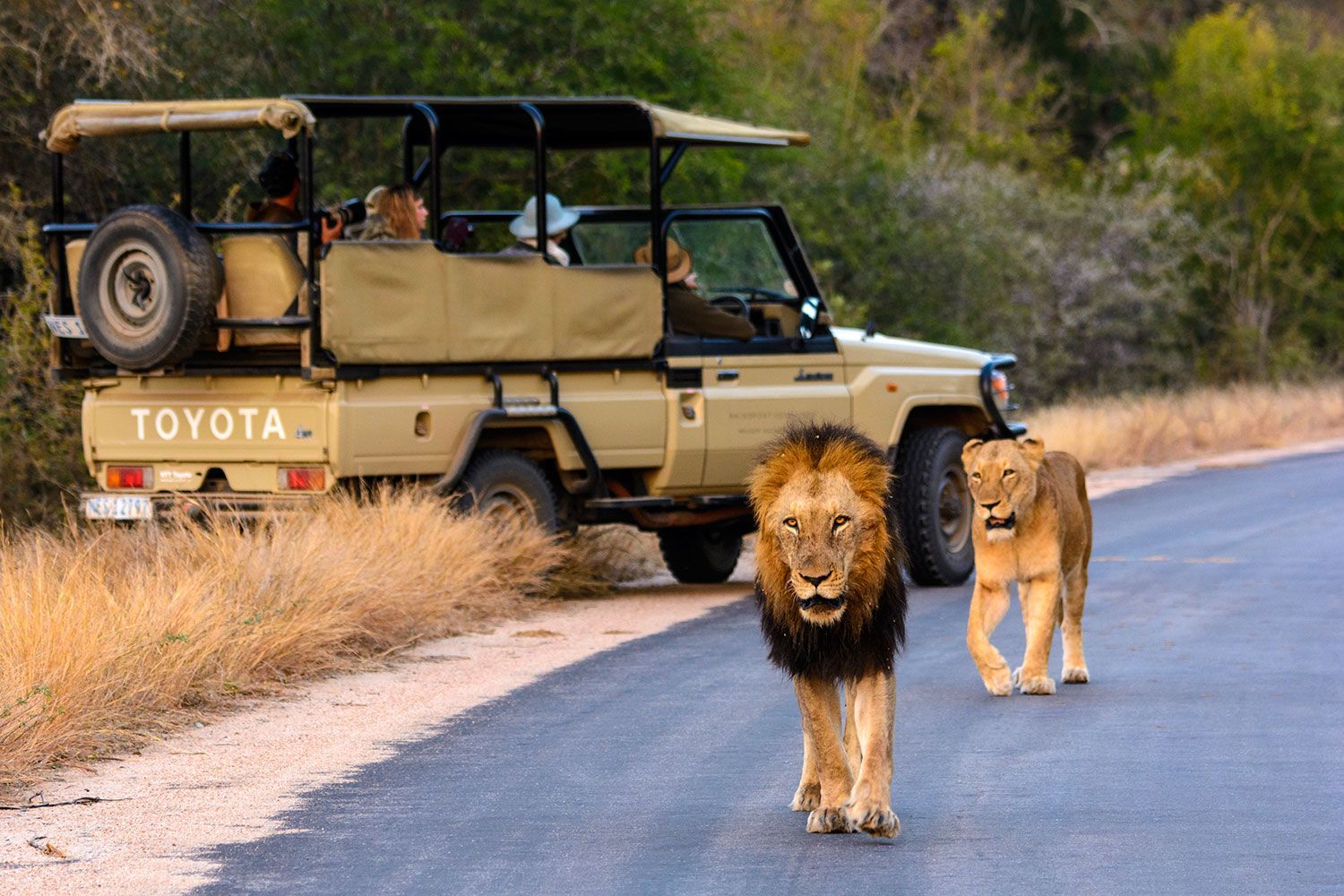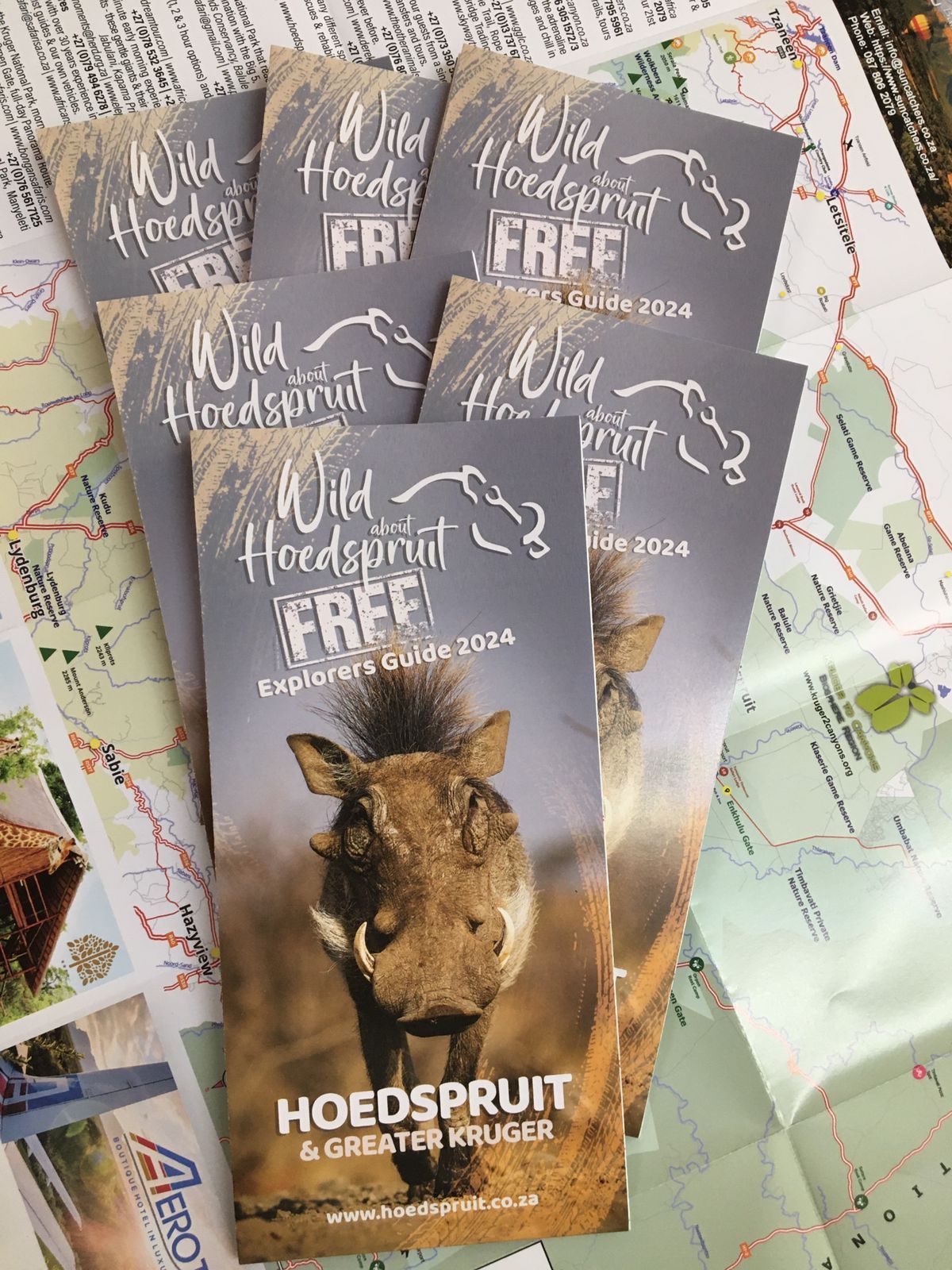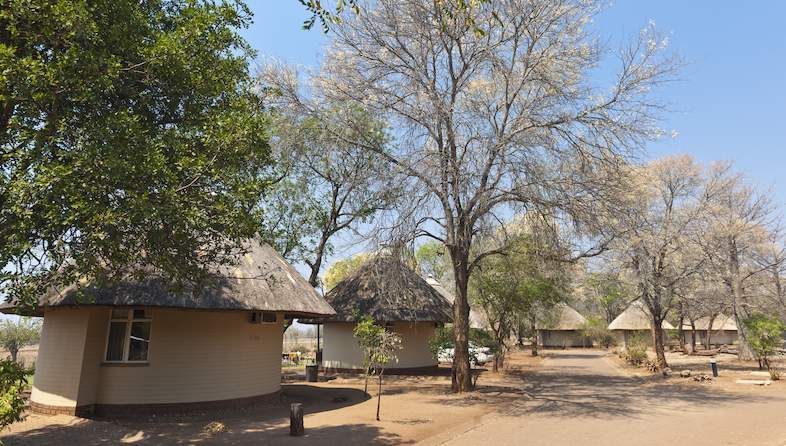Wild Adventure Packages
Click through to see our monthly specials
Tourism Map
Not sure what to do in Hoedspruit? Have a look!
Wild About Kruger
Speak to us about all your Kruger National Park needs!
The Yellow-Billed Hornbill in Kruger National Park: A Guide
The Yellow-Billed Hornbill, a charming and distinctive bird, graces the skies of Kruger National Park with its vibrant plumage and charismatic presence. This guide explores the unique characteristics, behaviors, and significance of encountering the Yellow-Billed Hornbill in one of Africa's premier wildlife reserves.
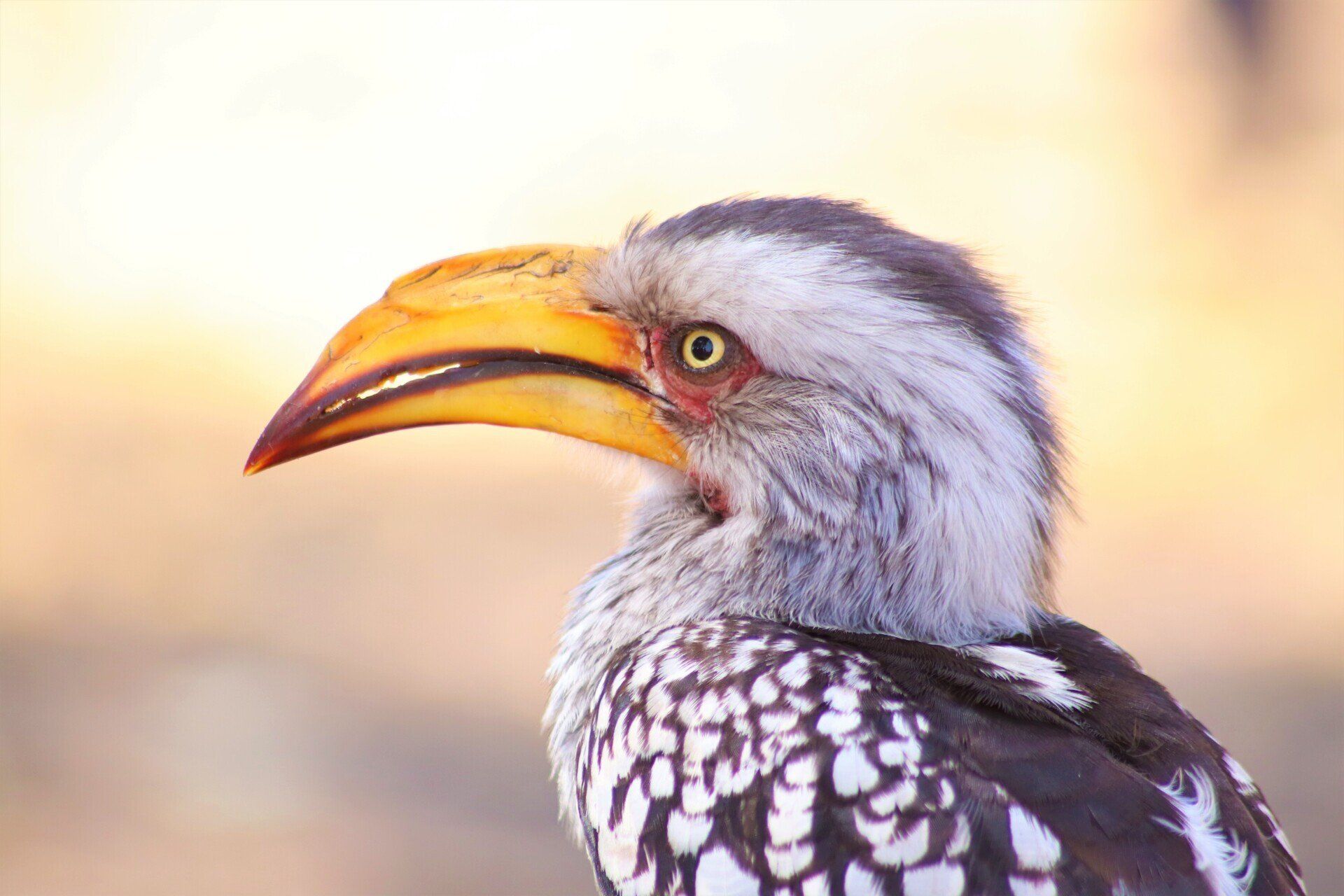
Why It's an Exciting Species to Encounter in Kruger
The Yellow-Billed Hornbill stands out as an iconic avian species in Kruger National Park, captivating visitors with its striking appearance and engaging behaviors. Observing these birds in their natural habitat adds a touch of wonder to any safari experience.
Identification
Physical Characteristics
The Yellow-Billed Hornbill is easily identified by its black and white plumage, distinctive yellow bill, and a striking casque on top of its head. Adult males and females share similar physical traits, making it challenging to differentiate between the sexes based on appearance.
Unique Features for Easy Identification
What sets the Yellow-Billed Hornbill apart is its long, down-curved bill with a bright yellow coloration. This striking feature, coupled with its white underparts and black wings, makes it easily distinguishable from other bird species in Kruger.
Fascinating Facts
Interesting and Lesser-Known Facts about the Yellow-Billed Hornbill
Yellow-Billed Hornbills are fascinating creatures known for their omnivorous diet, which includes a variety of fruits, insects, and small reptiles. They play a vital role in the ecosystem by contributing to seed dispersal and insect control.
Its Role in the Ecosystem
As opportunistic feeders, Yellow-Billed Hornbills help maintain a balanced ecosystem by controlling insect populations and aiding in seed dispersal. Their foraging habits contribute to the overall health and diversity of the park's flora and fauna.
Habitat and Range
Where in Kruger Can You Find the Yellow-Billed Hornbill?
Yellow-Billed Hornbills are widespread throughout Kruger National Park, favoring a variety of habitats such as woodlands, savannas, and open plains. They are often seen foraging on the ground or perched on branches, providing excellent opportunities for sightings.
Preferred Habitats and Behaviors
These birds are adaptable and thrive in areas with a mix of trees and open spaces. They use their strong bills to extract insects from the ground and catch them mid-air, showcasing their versatile foraging behaviors.
Best Times for Sighting
Seasonal Variations in Visibility
While Yellow-Billed Hornbills are present year-round, the dry season (May to September) enhances visibility due to reduced vegetation. The clear sightlines make this period ideal for spotting these captivating birds.
Preferred Times of the Day
Yellow-Billed Hornbills are diurnal, meaning they are active during the day. Early mornings and late afternoons are optimal for sightings as they engage in feeding, social interactions, and even sunbathing.
Behavior and Social Structure
Behavioral Patterns and Interactions
Yellow-Billed Hornbills are known for their playful and social behaviors. They often engage in mutual grooming, vocalizations, and communal roosting. Their interactions with one another add to the overall charm of observing these birds.
Social Dynamics
While not forming as tight-knit groups as some other hornbill species, Yellow-Billed Hornbills are sociable and may be seen in small family units. They share cooperative behaviors, especially during foraging and nesting.
Conservation Status
Current Conservation Status
As of the last assessment, the Yellow-Billed Hornbill is not considered globally threatened. However, localized threats such as habitat loss and human-wildlife conflict may impact specific populations. Continued monitoring and conservation efforts are crucial to ensuring their long-term survival.
Any Particular Threats or Challenges the Species Faces
Habitat destruction due to human activities, including logging and agriculture, poses a potential threat to Yellow-Billed Hornbill populations. Additionally, they may face challenges from nest predation and disturbance in areas where human and wildlife interactions occur.
Tips for Spotting
Key Signs to Look For
Listen for their distinctive calls, characterized by a series of high-pitched notes. Look for their distinctive silhouette against the sky or in trees, especially when foraging on the ground. Patience and keen observation will increase the chances of a rewarding sighting.
Popular Regions within Kruger for Sightings
Yellow-Billed Hornbills are distributed throughout Kruger National Park, making sightings possible across various regions. Areas with a mix of woodland and open spaces, such as Satara and Skukuza, are particularly promising for encounters with these delightful birds.
Encountering the Yellow-Billed Hornbill in Kruger National Park is a testament to the rich biodiversity of this iconic African reserve. Observing these birds in their natural habitat not only provides a memorable safari experience but also highlights the interconnectedness of species within the park.
Additional Resources
Quicklinks
Related Articles
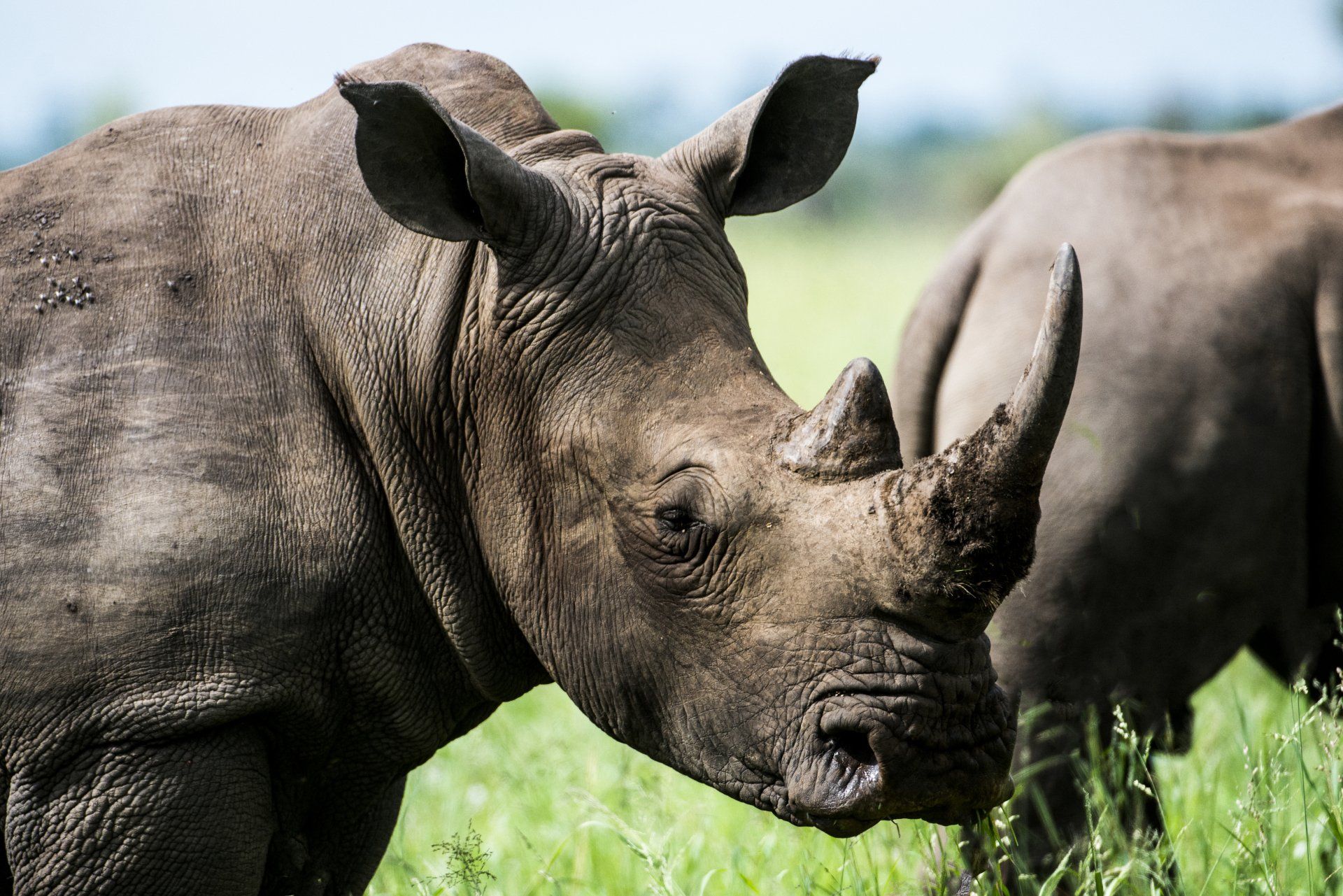


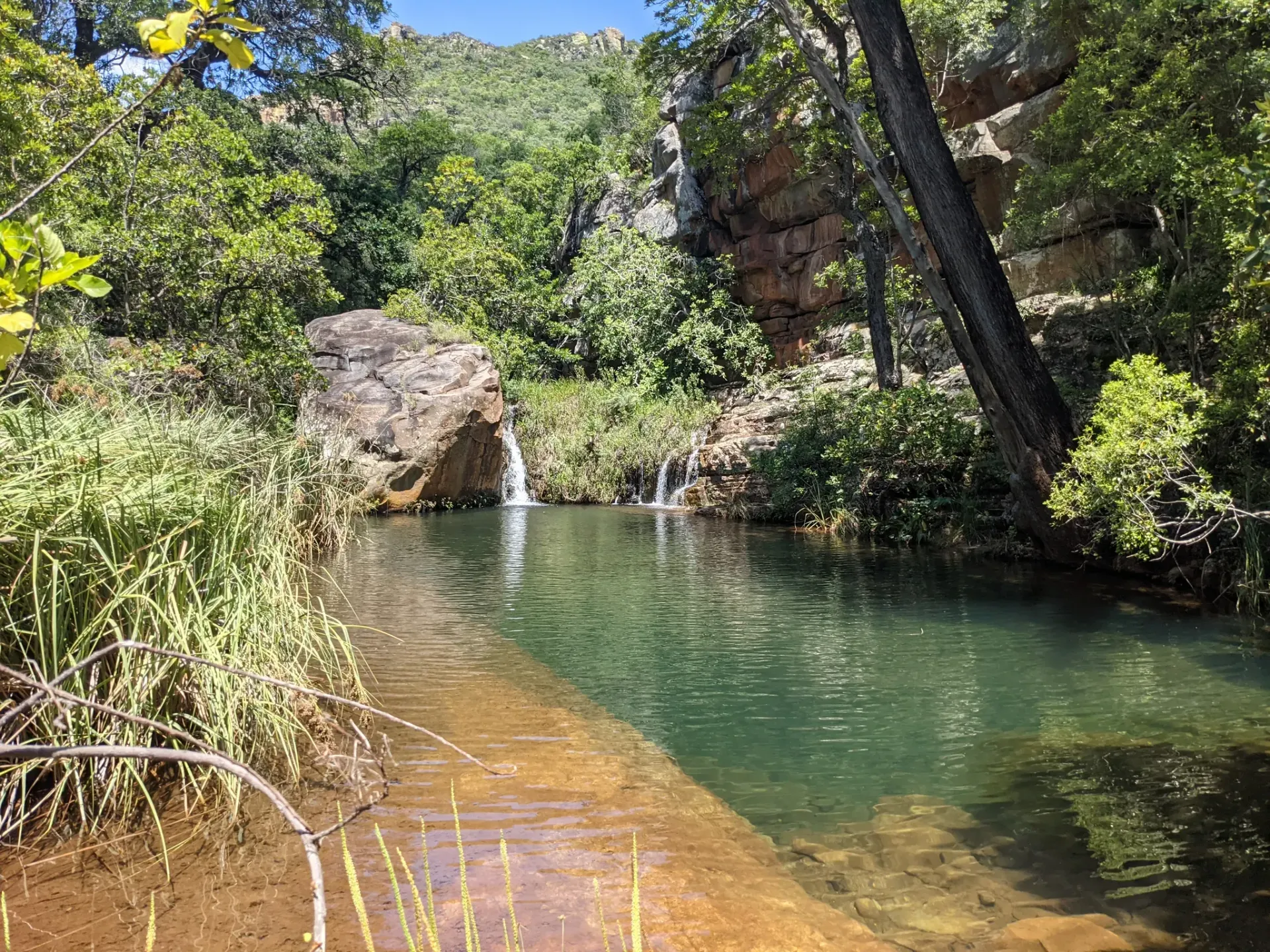

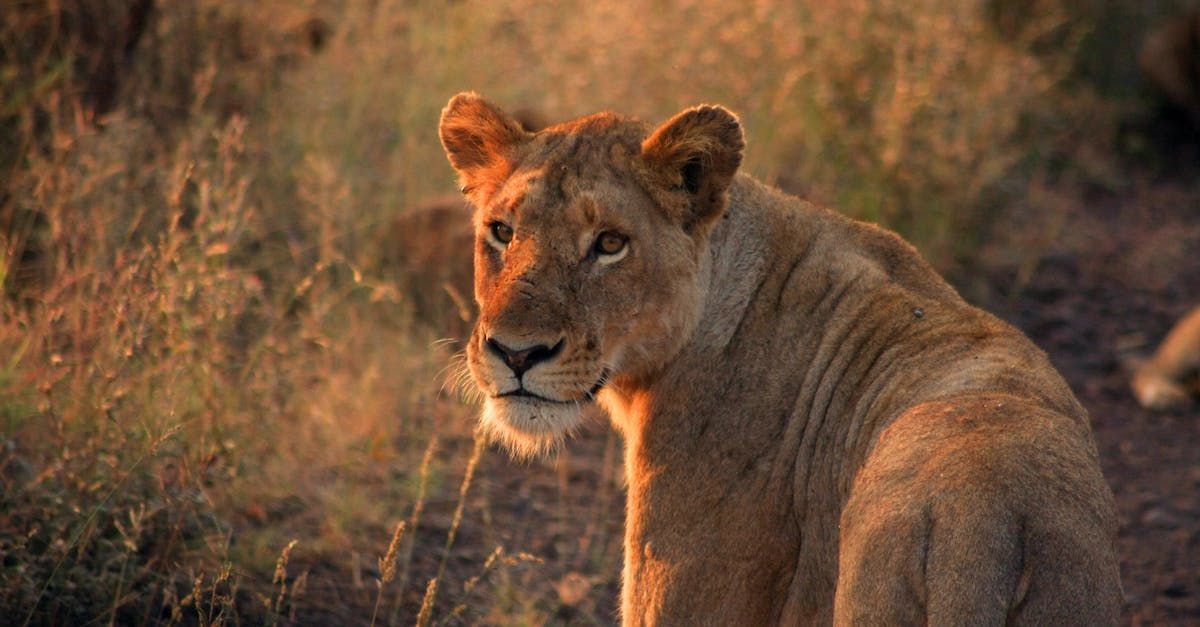

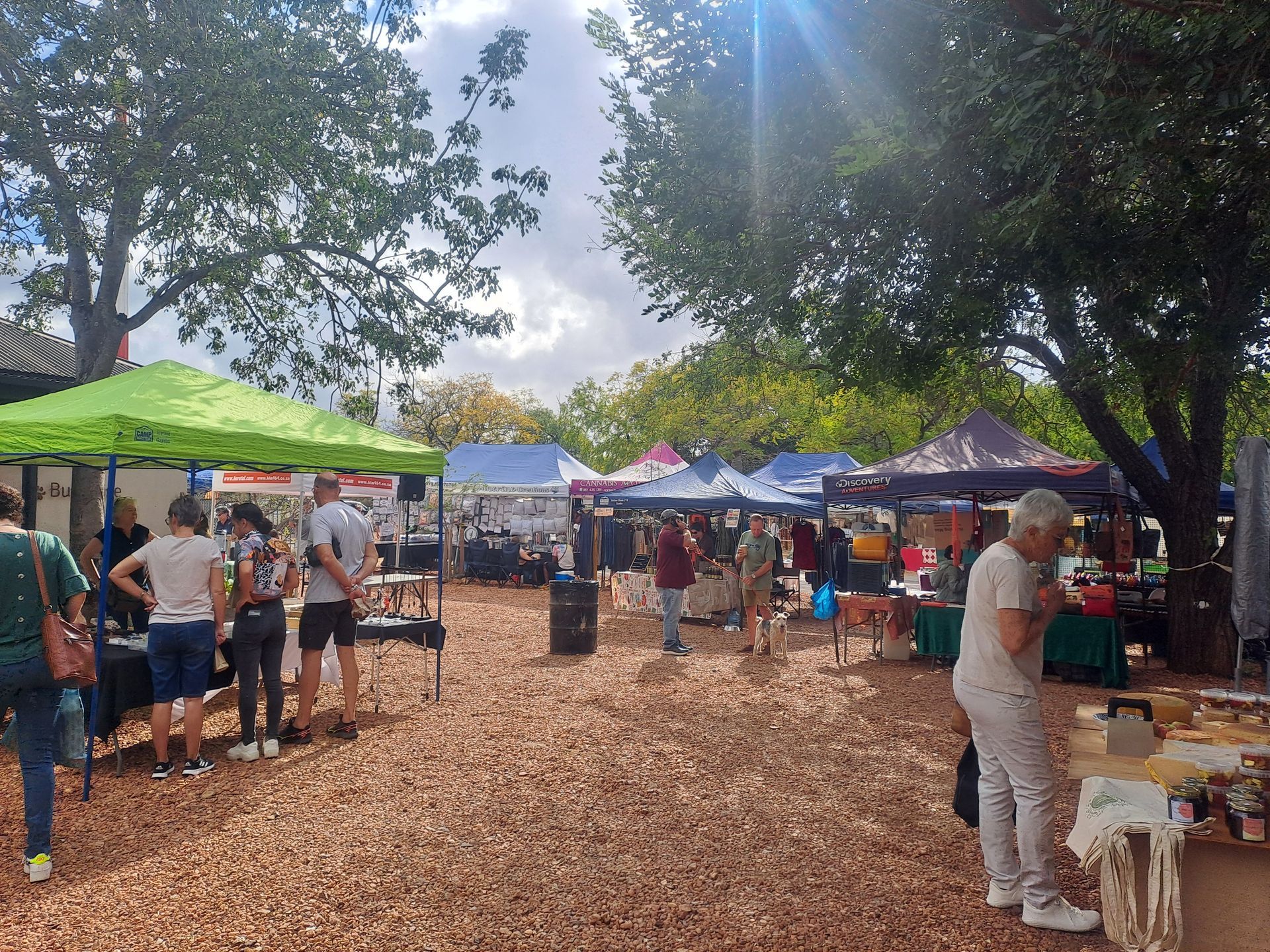
Hoedspruit Articles




LIST OR ADVERTISE WITH US
WILD ABOUT HOEDSPRUIT is the main online information hub for all things Hoedspruit South Africa. By listing with us, you not only get a prime advertising platform for Hoedspruit residents, but also all incoming visitors and surrounding communities.
